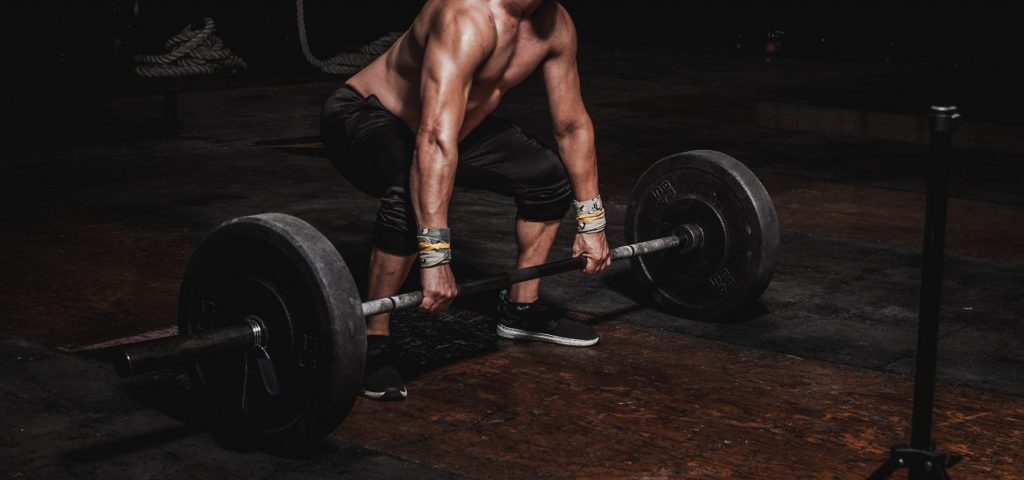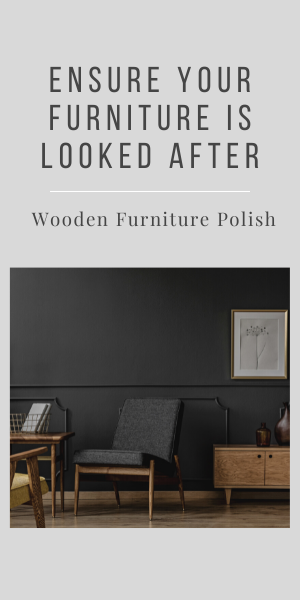A visit to our cosmetic dentist will show you how effective and easy it is to improve your appearance with teeth whitening. After whitening your teeth first, your dentist will match the colour of your new crown or veneers to your perfect smile. Whitening is the process of removing discolouration and returning teeth to their natural white colour. Whitening is a deeper whitening process that takes your teeth beyond their natural white colour.
Although the whitening process removes stains and plaque, teeth whitening is not a substitute for exfoliation and polishing. If tartar is visible on the outside of the teeth, peeling and polishing will be required before whitening. If the dental work is stained, it is important to ask the dentist about the best teeth whitening kits Australia has.
Those with stained teeth may need to consider other dental treatments before whitening. If you want to whiten your teeth earlier, you may need a follow-up treatment a week before the event. As long as you use the solution as directed by the manufacturer, teeth whitening will not harm your teeth. Several effective whitening products can help you whiten your teeth at home.
No bleaching method can permanently whiten teeth, although some people’s teeth stay white for more than 10 years without any retouching. Our teeth whitening methods do not cause short-term or long-term damage to the enamel or dentin of the teeth. Overuse of bleaches can also damage tooth enamel or gums, so be sure to follow the instructions and talk to your dentist. In-office whitening is safer for enamel and more effective at achieving the desired level of whiteness than store-bought whitening kits.
 Professional teeth whitening by a dentist is a safe and effective way to achieve great results. A dentist should address any questions or concerns about professional teeth whitening. Most dentists recommend surgery every five to six months, depending on the patient’s condition.
Professional teeth whitening by a dentist is a safe and effective way to achieve great results. A dentist should address any questions or concerns about professional teeth whitening. Most dentists recommend surgery every five to six months, depending on the patient’s condition.
For best results and your safety, teeth whitening should be done under the supervision of a professional. Your dentist can provide you with a customized home whitening tray. If the tooth is still alive (and doesn’t need a root canal), your dentist can design a single tooth whitening tray that will keep the bleach away from other teeth to create the best colour match.
If dark teeth become lighter than (other) unbleached teeth, all teeth can be completely whitened together if necessary. Most teeth become dull after bleaching, but teeth that are already translucent may become more translucent and not appear to be whitened at all. Therefore, the question is whether bleaching adjacent natural teeth will cause a colour mismatch between them and the dental restoration, resulting in an unsightly appearance. You may see initial stain removal with a charcoal tooth whitening product as misleading, as it is not intended to make your teeth whiter, but to remove the enamel beyond the stained layer.
Charcoal whitening toothpaste can even permanently damage your teeth and discolour them. Unregulated bleaching agents can cause chemical burns to teeth and gums and long-term sensitivity. Your teeth may become sensitive soon after whitening, especially if you already have sensitive teeth.
Your teeth will become several shades whiter immediately after the procedure. Teeth whitening will lighten the colour of your teeth, so don’t expect your teeth to be bright white after one session.
Whitening can turn your teeth from dull and dirty to bright and shiny with just one visit to the dentist. In-office teeth whitening achieved about 6 shades of improvement in 3 (dental) visits. In-office whitening procedures start by protecting the lips, gums and mouth, leaving only the teeth exposed for the application of the whitening gel.
Unlike bleaches, these types of ADA-approved products do not change the colour of your teeth as they can only remove surface stains. This procedure is called chair whitening and usually only requires an outpatient visit.
Onsite whitening can take anywhere from a few days to a few weeks. You can find several options online or at your local grocery store, such as toothpaste or teeth whitening strips. There are several options for teeth whitening to brighten your smile, from professional dental offices to over-the-counter products for home use. A lot of research has been done on teeth whitening, so we know that certain whitening formulas from a trusted source are safe when used as directed and after a proper visit to the dentist.
The first step in deciding whether or not to whiten your teeth should always be a proper dental examination – via x-rays – to determine the cause of the discolouration of the teeth. If you have dental problems such as cavities, you should take care of your existing dental problems before whitening your teeth. You will probably be advised to have your teeth cleaned by a dentist so you can start with a clean slate… local stains, plaque and tartar will be removed, and a dental exam will convince you that there is nothing you can do to prevent this from happening. teeth whitening is prohibited. More importantly, a scaling and polishing session will allow your dentist to perform a periodontal evaluation to make sure the teeth whitening procedure is right for you.
How long your teeth stay white depends on several factors, such as which teeth whitener you choose and how you take care of your teeth over the next few months.
Each tooth has its maximum whiteness, beyond which it does not whiten, regardless of the technique or material used. Teeth whitening at home in Australia effective way to whiten your teeth, although you will play a big role in ensuring the best results possible and it may take several weeks to reach your desired level of whiteness. Be aware that using untrained staff to whiten teeth in malls can be risky.







